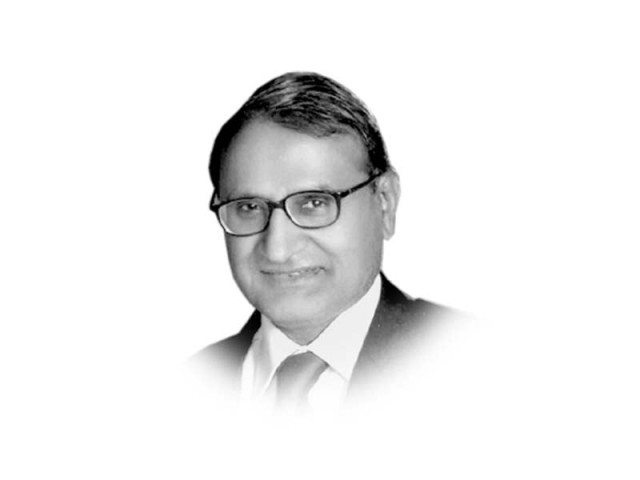Economy today and tomorrow
Economy today and tomorrow

June is the month of performing annual economic rituals. The economy of today was portrayed in The Pakistan Economic Survey 2020-21 launched yesterday. What is envisaged for the economy of tomorrow, 2021-22, was approved by the National Economic Council on Monday. The budget being presented today will spell out the fiscal measures to support tomorrow’s economy. Officials claim that with the return of growth today at 3.94%, the economy has achieved a V-shaped recovery. Technically, the claim is overoptimistic. A V-shaped recovery required bouncing back to the baseline, which was 5.53% in 2017-18. Given the target of 4.8% for the next year and a possible target of 5.6% for 2022-23, the recovery is more likely to be U-shaped. Even this will be no mean achievement, though its materialisation will depend on the noneconomic environment, fiscal and deregulatory measures announced in the budget and the monetary easing.
A conducive non-economic environment will be determined by the impact of the third wave of Covid-19, the unceasing government-opposition acrimony and the post-US withdrawal scenario in Afghanistan. Any, or all of these factors, can prolong the damaged bottom and derail the revival process. On the real side of the economy, the target of GDP growth of 4.8% is designed to be achieved by reversing the balance between the commodity and the services sectors. In the past 20 years or so, growth has mostly been led by the services sector, something surprising for a developing country. Against the achievement of a growth of 3.2% in the current year for the commodity sector, the target for next year is 5%. The increase in services sector is from 4.4% to 4.7%. Is there a policy shift towards commodity sector growth? Not quite. Agriculture growth target of 3.5% and the industrial growth target of 6.5% point in this direction. Correspondingly, higher commodity production should drive up the wholesale and retail trade sector. Instead, the target is fixed at 4.6% against the revised estimate of 8.4% in the current year. Small wonder, the commodity sector’s contribution to the projected growth of 4.8% is 1.9 percentage points, while the services sector contribution is projected above it at 2.9 percentage points.
Higher output growth is achieved either by utilising the unutilised capacity or new fixed investment by the private sector. However, the plan for the next year projects private fixed investment to increase from 9.8 to 10% of GDP. Inventories seem to have been cleared already and capacity utilised fully. The new investment of 0.2% of GDP is hardly the stuff of an industrial take-off. Despite the corona related packages provided by the government and the State Bank, the projected level of private investment is less than the 10.6% of GDP in 2019-20. In the first nine months of the current fiscal year, credit to private sector for fixed investment moved into positive territory from the negative territory in the previous comparable period, but the cumulative flow is just about Rs127 billion. The slack has to be picked up by the public investment. A jump is projected in public investment from 3.8 to 4.4% of GDP. Finance Minister Shaukat Tarin had hinted soon after taking over about a significant increase in PSDP. With the addition of stocks, total investment is projected at 16% of GDP. National saving rate at 15.3% of GDP falls short, leaving a gap of 0.7% of GDP to be bridged by net inflows from abroad. As expected, the current account surplus cannot be sustained as growth picks up. A traditional macroeconomic framework cannot achieve accelerated, sustained and inclusive growth.
Published in The Express Tribune, June 11h, 2021.
Like Opinion & Editorial on Facebook, follow @ETOpEd on Twitter to receive all updates on all our daily pieces.















COMMENTS
Comments are moderated and generally will be posted if they are on-topic and not abusive.
For more information, please see our Comments FAQ